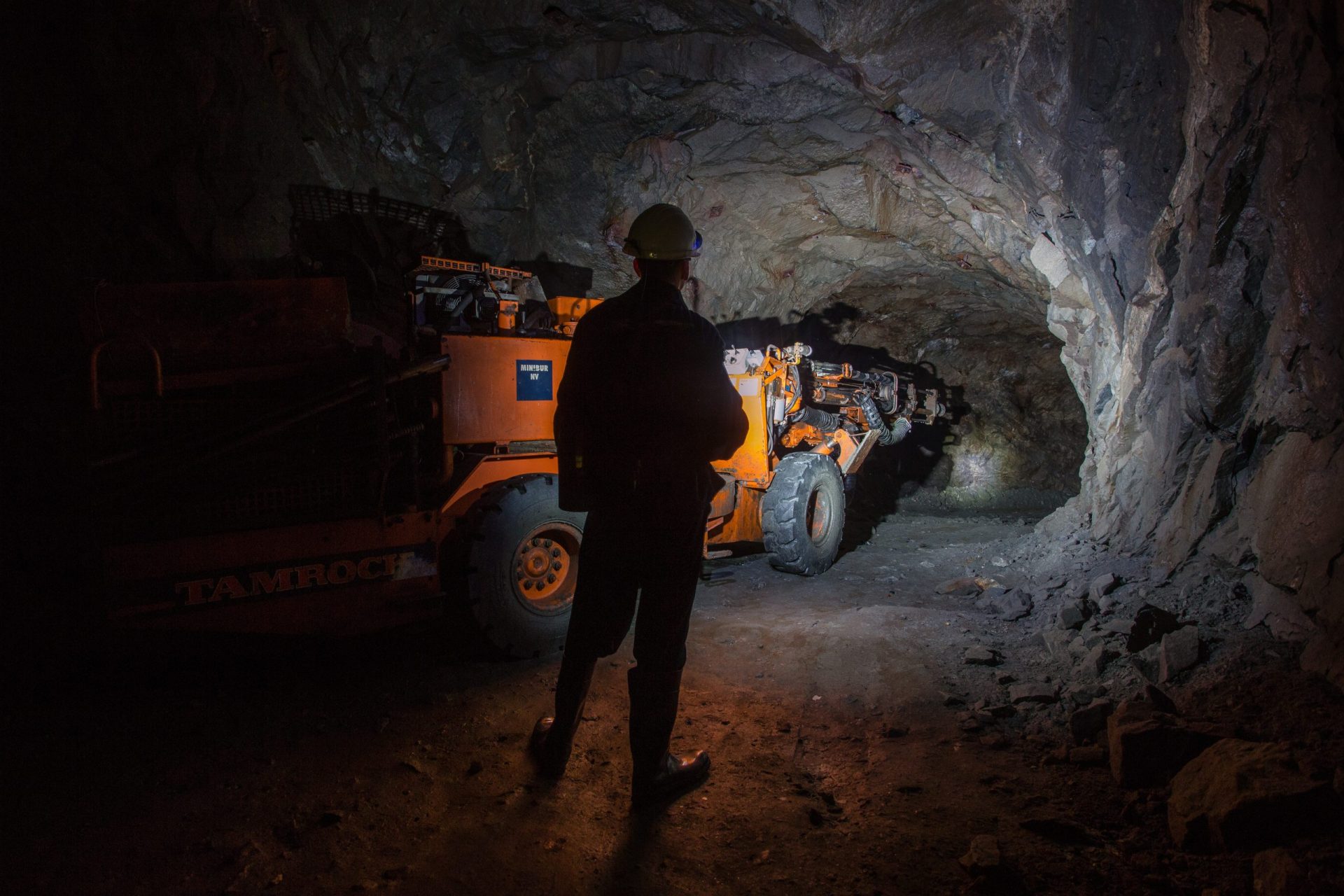
The mining industry is in full swing: the demand for certain minerals is increasing worldwide and the deposits currently being mined are declining rapidly. This means that mining companies have to go deeper and dig longer, narrower tunnels. Miners find themselves in an even more difficult working environment where humidity, temperature and the presence of gases threaten their health and safety. Given this situation, mine managers need to be able to accurately monitor workers and underground conditions from the surface.
Mourad Nedil, holder of the institutional research chair in underground communication and director of the Télébec Underground Communications Research Laboratory (LRTCS) at the Université du Québec en Abitibi-Témiscamingue (UQAT), and his team are developing new wireless body area network (WBAN) communication solutions for use in deep underground mines.
These solutions involve wireless sensors and antennas worn on clothing. Coupled with the new 5G wireless network, a WBAN system could record miners’ vital signs and several parameters of the mining environment and send this data to relay stations in the mine and then to the control centre on the surface.
However, the system has to be adapted to the mining tunnels, which are not conducive to the propagation of electromagnetic waves because of their slopes, steep curves, diverse materials, humidity and high temperatures, in addition to dust and the presence of machinery and workers. Professor Nedil’s team and its communications partners, Meglab and Bell, are therefore working to develop a new kind of wearable smart antenna in the 5G band, flexible antennas that would be integrated into the sensors and protective clothing worn by miners.
The scientists are also evaluating and exploring the use of Intelligent Reflecting Surface technology for radio coverage to decrease the number of relay stations and thus reduce communications costs. These systems will be analysed and tested at the Cité de l’Or mine in Val-d’Or.
